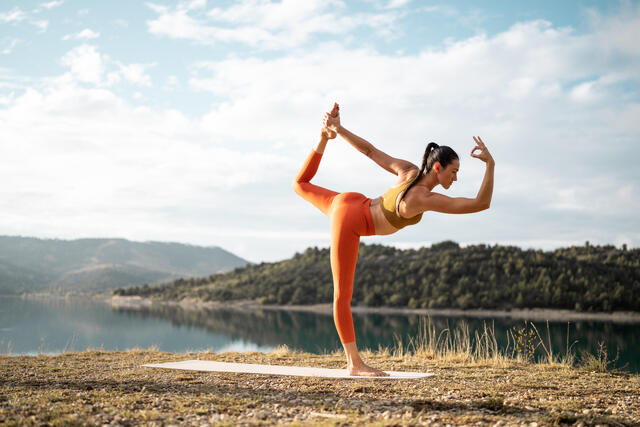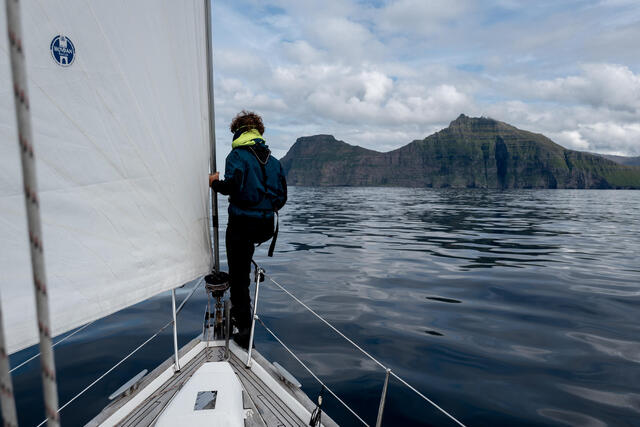Dry, Cold Weather? Opt for Softshell
A softshell jacket focuses on warmth. It is made from stretchy fabric that supplies a high level of insulation using a fleecy lining while a windproof membrane keeps out cold draughts. The softshell jacket is not waterproof like a hardshell: it is water repellent, which will keep you dry in light rain or drizzle and protect you from road spray.
An effective softshell like our Triban RC500 Winter Softshell can be worn with a baselayer underneath from around ten °C to the very lowest single-figure temperatures. Its fabric is highly breathable, and to regulate temperature further, it has zipped vents under the arms and a removable neck warmer. Meanwhile, the Van Rysel Cold Weather Jacket, developed with the Ag2r-La Mondiale U19 team, has a removable hood and breastplate.
Since the softshell is designed to be both outer and mid-layer (you don’t need to wear a jersey underneath), it has its own pockets.
For pacier workouts in not quite so frosty conditions, the Van Rysel Light Winter Racing Jacket supplies a light, close fit without sacrificing the wind and water repellency of the Triban RC500 Winter Jacket.
The women’s-specific Van Rysel Cold Weather jacket also packs the same winter tech and comes in a fluo yellow and black to keep you visible through the dark months.
Look out for: High collar, long cuffs, fleecy lining, durable water repellent coating (DWR), rear pockets, and reflective elements.


















